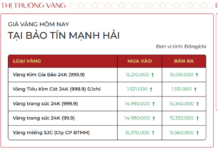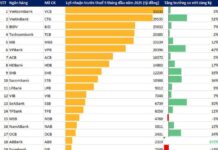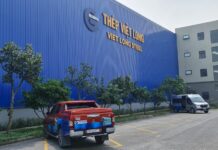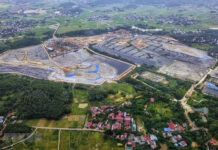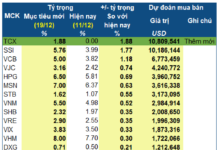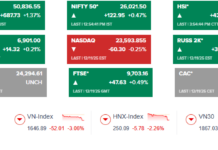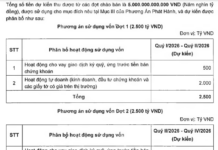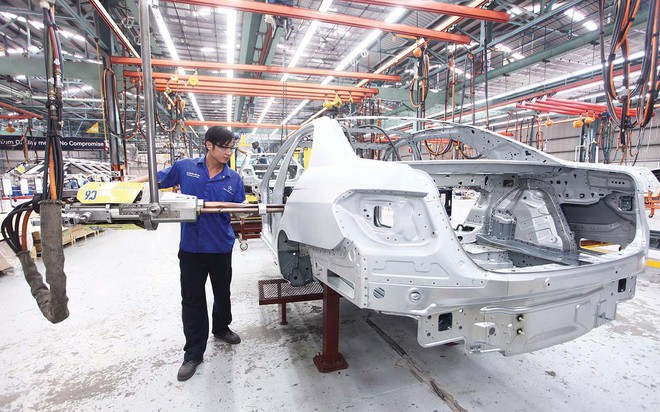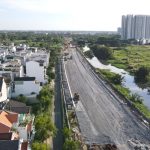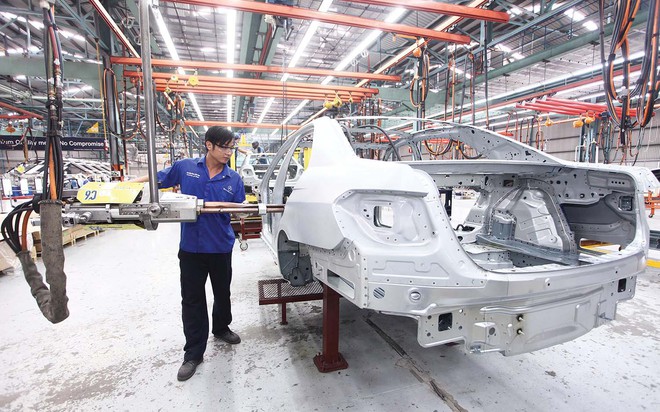
Mercedes-Benz Vietnam Factory. Photo: LQ
Accordingly, the People’s Committee of Ho Chi Minh City has recently proposed to the Prime Minister to adjust the operation duration of the project of Mercedes-Benz Vietnam Company Limited.
Specifically, the People’s Committee of Ho Chi Minh City proposed to the Prime Minister to approve the rearrangement and handling of assets related to the land lot at 693 Quang Trung Street, Ward 8, Go Vap District, after an additional period of 5 years (until April 14, 2030); while allowing Mercedes-Benz Vietnam to lease the land lot for an additional 5 years from April 14, 2025.
This is to continue the project without going through the procedure of auctioning the land use right or bidding to select investors for projects using land.
Furthermore, according to the People’s Committee of Ho Chi Minh City, immediately terminating the project by the old deadline (April 14, 2025) is considered to potentially reduce local budget revenue. In addition, agencies have not prepared a plan to retrieve the land and select investors for this land lot. The project also has a significant impact on foreign relations with partner countries.
Mercedes-Benz Vietnam Company Limited is responsible for paying land rent at 693 Quang Trung Street, Ward 8, Go Vap District, Ho Chi Minh City, in accordance with the current law.
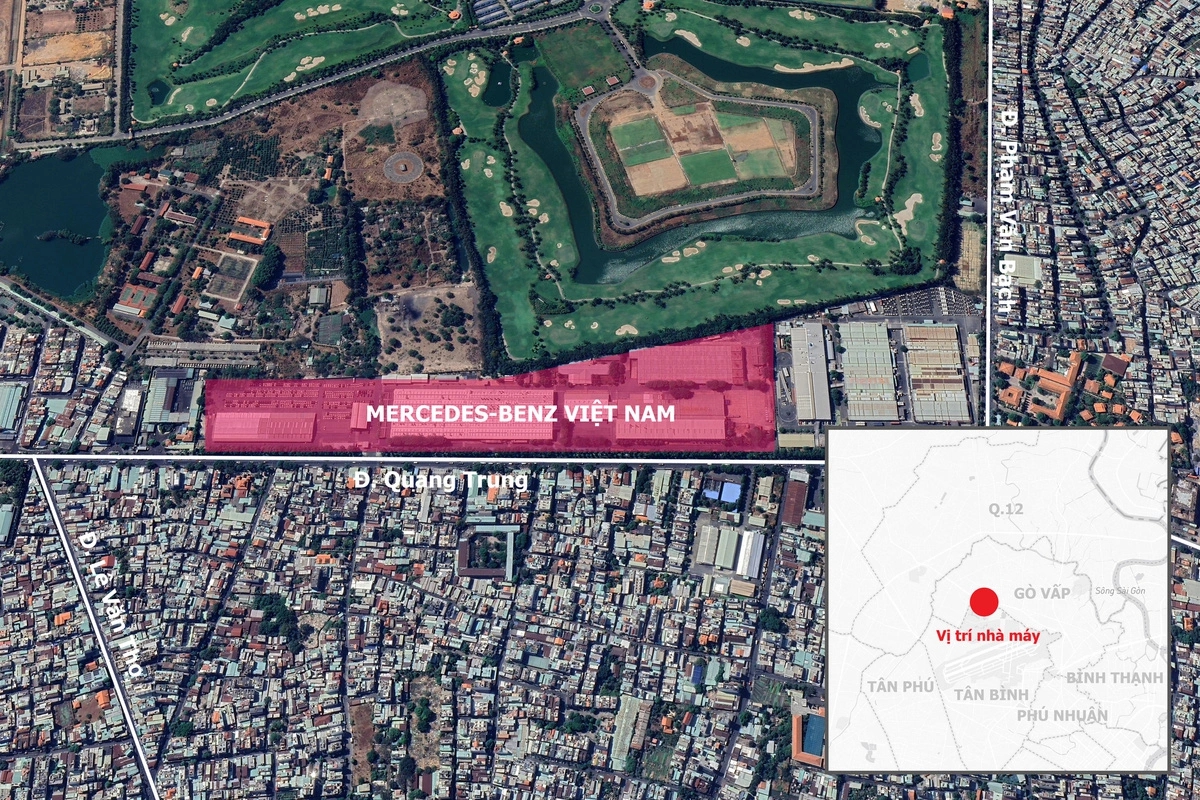
Location of the Mercedes-Benz Vietnam automobile manufacturing and assembly plant on Quang Trung Street, Go Vap District, Ho Chi Minh City. Illustration: PN
How is the Enterprise Behind the Mercedes-Benz Factory Performing?
Mercedes-Benz Vietnam Company Limited (MBV) was established in 1995 as a joint venture between the Saigon Transportation Mechanical Corporation (Samco – holding 30% of the charter capital) and the foreign investor Mercedes-Benz AG Group (holding 70% of the charter capital).
According to the consolidated financial statements of Samco issued on March 28, 2024, audited by AFC Vietnam Audit and Assurance Company Limited, the value of long-term investment in MBV joint venture as of December 31, 2023, was VND 958 billion, equivalent to 30% capital contribution.
Based on this financial statement, the total value of the MBV joint venture at the same time of the audit was approximately VND 3,193 billion, equivalent to about USD 135 million (at the current exchange rate).
Although MBV does not disclose its sales in Vietnam, retail data from distributors shows that this joint venture has a consumption volume of about 6,000 – 6,500 vehicles per year in the period from 2021 – now. This includes both assembled and imported vehicles.
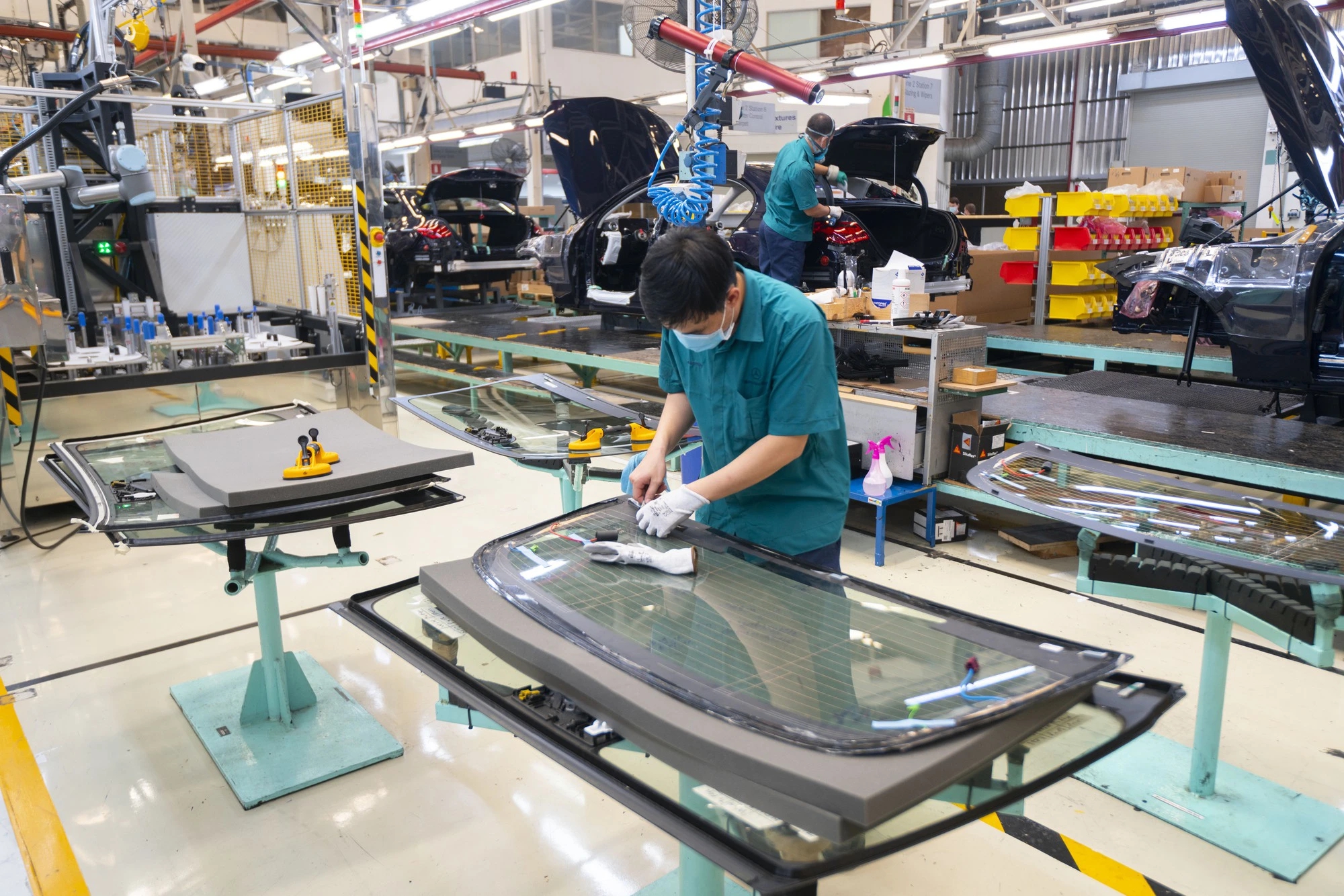
Inside the Mercedes-Benz Vietnam factory in Ho Chi Minh City. Photo: LA
In March 2020, on the occasion of the 25th anniversary of the joint venture’s operation in Vietnam, MBV leaders revealed for the first time that the record sales volume since the joint venture’s operation was 6,800 vehicles delivered to customers in 2019.
The Mercedes-Benz Vietnam factory currently employs about 800 workers. In the period from 2017 – 2021, the company achieved a revenue of more than VND 9,000 billion each year and contributed more than VND 5,500 billion to the budget of Ho Chi Minh City.
The MBV factory in Ho Chi Minh City is currently assembling 4 models, including C-Class, E-Class, GLC. The latest model is the Mercedes-AMG C 43 4MATIC, which has been assembled in Vietnam since July 2023.
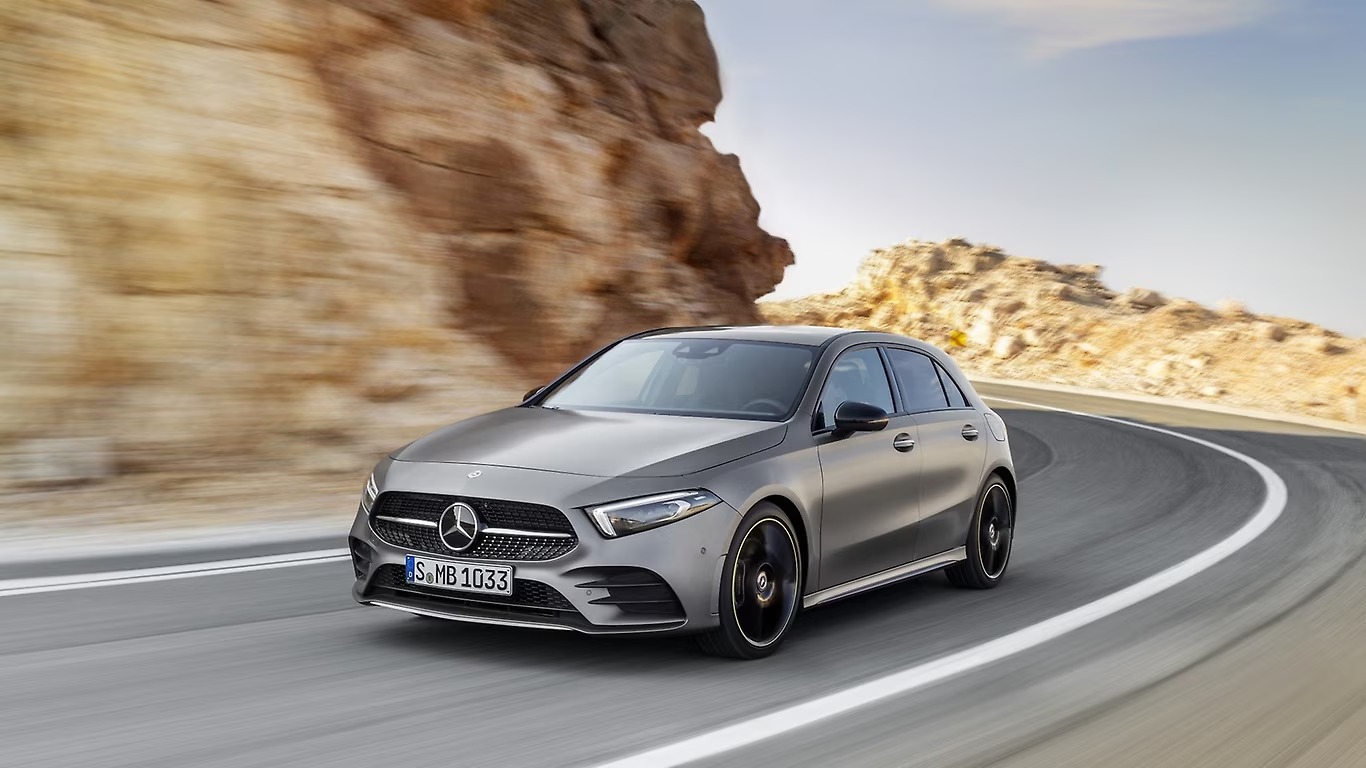
The Mercedes-Benz Vietnam automobile manufacturing and assembly plant officially came into operation in 1997. Photo: Mercedes-Benz AG Group
In fact, the Mercedes-Benz Vietnam automobile manufacturing and assembly plant was established in 1996 and officially put into operation in 1997, with a capacity of 60 vehicles/month. This information is mentioned in the report proposing the granting of an environmental permit for the Mercedes-Benz Vietnam automobile assembly plant project in 2022, which was posted on the website of the Department of Natural Resources and Environment of Ho Chi Minh City.
In 2005, the factory upgraded its capacity to 12,000 vehicles/year. In 2013, the factory added an electrostatic dipping workshop, with a capacity of 5,285 vehicles/year. Then, in 2014, the factory added an axle assembly workshop with a capacity of 720 products/year. However, this workshop is currently out of operation.
According to Decision No. 844/1995 of the Prime Minister, Decision No. 871/1999, and the land lease contract No. 727/1996 signed with the People’s Committee of Ho Chi Minh City, the above-mentioned factory operates on an area of more than 104,000 m2.
MBV was granted an investment license corresponding to a land use term of 30 years, counting from April 1995 and expiring in 2025.
In 2021, the company requested a 5-year extension to proactively calculate the production plan and would relocate to a new location in 2030. However, in the past few years, Ho Chi Minh City has not been able to resolve this issue due to legal obstacles and the determination to recover and rearrange the land after the lease expires.
Previously, according to Tuoi Tre Newspaper, on August 17, at a working session with General Secretary and President To Lam, Mr. Phan Van Mai, Chairman of the People’s Committee of Ho Chi Minh City, mentioned the difficulties in the joint venture between Mercedes-Benz Group AG (MBG AG) and the Saigon Transportation Mechanical Corporation (Samco) regarding the above-mentioned factory project.
Specifically, by 2025, this project will expire after 30 years of joint venture. MBG AG has requested a 5-year extension, but due to regulations that require the recovery and rearrangement of land after the joint venture ends, Ho Chi Minh City has not been able to resolve this issue.
Concluding the working session, General Secretary and President To Lam stated that it was unreasonable not to extend the project of the above-mentioned joint venture. In fact, localities very much want to have automobile projects because, on average, an automobile project contributes at least VND 5,000 billion to the local budget each year. General Secretary and President To Lam said that he would direct relevant agencies to continue studying and formulating appropriate policies to resolve this issue.
Comprehensive regional connectivity
In addition to building strong physical infrastructure, Ho Chi Minh City needs to strengthen its soft connections with other provinces in the region in order to promote economic development. This includes prioritizing the training of skilled workforce and ensuring access to quality healthcare.
Emotional Kieu people when admiring Ho Chi Minh City from Metro Line 1
Ho Chi Minh City has undergone a remarkable transformation since the day I left. It now boasts a completely different appearance, exuding a fresh and vibrant energy. This sentiment was captured by Mr. Nguyen Duong Nam Phuong, a Vietnamese American, who was amazed by the city’s newfound liveliness.






